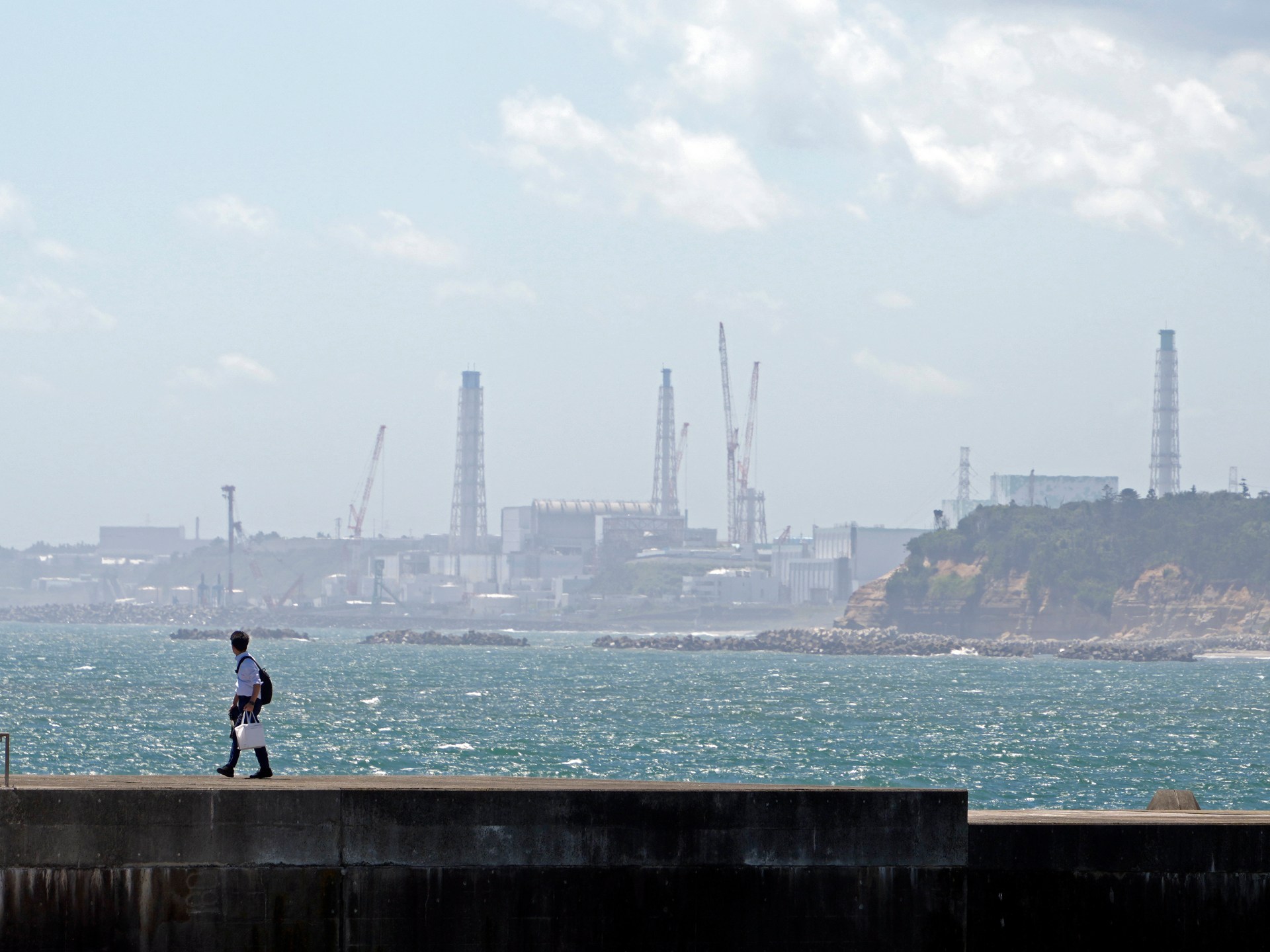Before the 2011 tsunami inundated Ukedo elementary school’s classrooms, the ocean was central to the school’s identity.
In the summer, pupils would run down the 300-metre path to the beach, splitting up into groups to see who could make the best animals out of sand. Every year, students also painted local fishermen’s boats, a tradition that resonated strongly in Namie town, where many parents worked in the fishing industry.
But when a magnitude 9.0 earthquake, a subsequent tsunami and a nuclear disaster brought devastation to Japan’s northeastern Tohoku region, that all changed, Shinichi Sato, a teacher who taught at Ukedo elementary school, told Al Jazeera.
“For years after the disaster, we weren’t allowed to teach lessons outside, in fear that kids would touch radioactive soil,” Sato said. The threat of radioactive contamination loomed large for Sato, his fellow educators and the 94 students who could never return to their beloved seaside school.
Now 12 years after the 2011 triple disaster, people have begun returning. While the vitality of the past remains elusive, Sato clings to the hope that the eventual decommissioning of the badly damaged Fukushima Daiichi nuclear plant might entice people back.
“I hope that the plant is decommissioned properly and shows people that this is a safe place to return to,” he said.
Source from www.aljazeera.com
